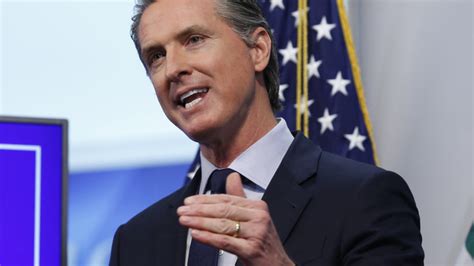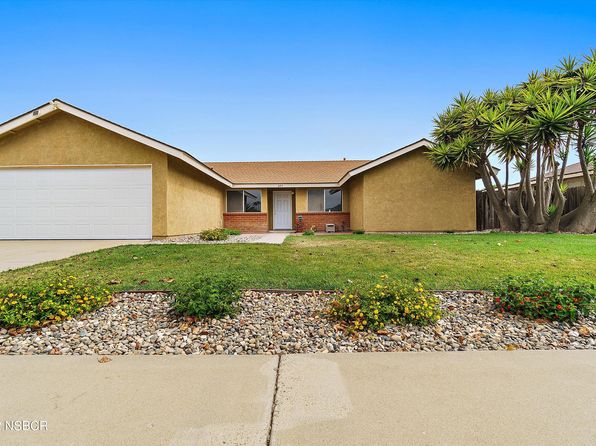California Governor Gavin Newsom made a significant announcement today, outlining a comprehensive plan to address the state’s ongoing housing crisis. The proposal, which has been months in the making, aims to increase the supply of affordable housing units, streamline the development process, and provide relief to renters who are struggling to keep up with the state’s notoriously high housing costs.
At the heart of the plan is a commitment to build 2.5 million new housing units by 2030, with a focus on affordable and moderate-income housing. To achieve this goal, the state will be providing incentives to developers who build affordable housing, including tax credits, low-interest loans, and streamlined permitting processes. Additionally, the state will be investing $10 billion in funding for affordable housing programs, including subsidies for low-income renters and down payment assistance for first-time homebuyers.
The plan also includes measures to protect renters, who have been disproportionately affected by the state’s housing crisis. Governor Newsom announced that the state will be implementing a rent cap, which will limit annual rent increases to 5% plus inflation. This move is expected to provide relief to millions of renters who have seen their rents skyrocket in recent years.
Furthermore, the plan includes proposals to address the root causes of the housing crisis, including a lack of supply and outdated zoning laws. The state will be working with local governments to update zoning laws and encourage the development of denser, more affordable housing types, such as apartments and condos. This move is expected to help increase the supply of housing units, particularly in areas with high demand.
The announcement was welcomed by housing advocates, who have been pushing for meaningful action on the state’s housing crisis for years. “This plan is a significant step forward in addressing the state’s housing crisis,” said one advocate. “It’s a comprehensive approach that addresses the root causes of the problem and provides relief to those who need it most.”
However, not everyone is convinced that the plan goes far enough. Some critics argue that the rent cap is too lenient and that the state should be doing more to address the issue of gentrification, which has seen long-time residents priced out of their neighborhoods. Others argue that the plan does not do enough to address the issue of homelessness, which remains a major problem in many parts of the state.
Despite these criticisms, the announcement marks an important step forward in addressing the state’s housing crisis. As Governor Newsom noted, “This is a crisis that requires a comprehensive solution, and we are committed to working with all stakeholders to get it done.”
FAQ Section
What is the goal of Governor Newsom’s housing plan?
+The goal of the plan is to build 2.5 million new housing units by 2030, with a focus on affordable and moderate-income housing, and to provide relief to renters who are struggling to keep up with the state’s high housing costs.
How will the state fund the plan?
+The state will be investing $10 billion in funding for affordable housing programs, including subsidies for low-income renters and down payment assistance for first-time homebuyers.
What measures will be taken to protect renters?
+The state will be implementing a rent cap, which will limit annual rent increases to 5% plus inflation, in addition to other protections.
How will the plan address the root causes of the housing crisis?
+The plan includes proposals to update zoning laws and encourage the development of denser, more affordable housing types, in addition to other measures to increase the supply of housing units.
What are the potential criticisms of the plan?
+Some critics argue that the rent cap is too lenient, and that the state should be doing more to address the issue of gentrification and homelessness.
What is the next step in implementing the plan?
+The state will be working with local governments and other stakeholders to implement the plan, including updating zoning laws and providing funding for affordable housing programs.



